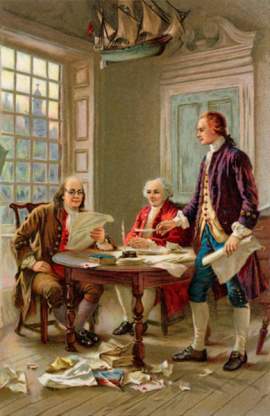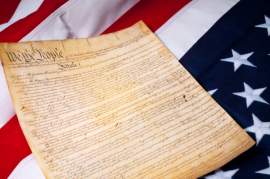
Understanding Supreme Court Dockets

Popular In Constitution
Purpose Of Lifetime Appointment And Pros And Cons Enumerated Powers Bicameral Legislature Background Article 3 Of The Constitution We The People 1st Amendment Who Wrote The Constitution Judicial Review Equal Protection Clause Three Fifths Compromise 10th Amendment 5th Amendment
The current responsibilities faced by the Supreme Court at any given time are referred to as the cases which are on the Court docket. In this regard, the caseload of the Supreme Court is determined both by the current demand among legal petitioners for the decisive judgment to be rendered through a Court decision and by the practical demands of how the Justices can apportion this time. The recent history of the Supreme Court has seen a steady increase in the number of cases which are submitted to be placed onto the Court docket, though only a relatively small percentage of these will ever be heard by the Court itself. The Supreme Court provides for set procedures by which to place an appeal on the Court dockets, by which it can decide which are the most worthy of the Court's attention and review.
An application to place a case on the Supreme Court
docket commonly occurs only after the same matter has previously been heard by
a court under the Supreme Court in terms of legal hierarchy, which is referred
to as an appellate court. The main procedure through which such a petition is
made is by a document called a writ of certiorari. The acceptance of such a
petition is initially enacted by the Court issuing a writ of cert, by which a
request is submitted to the relevant appellate court to inform the Court of the
case's implications and pass along all applicable documents.
Generally
the Supreme Court will not move a petition onto the Court docket until the
lower court to which it should have first been submitted has already heard it,
but exceptions may be observed in cases considered to be of prime national
importance.
The Supreme Court also maintains separate court
dockets for the purpose of the individual Justices. These applications are not
made through writs of certiorari and are likely not to involve judgments on a
legal case as a whole, but rather a specific action, often for emergency
purposes, required in some case. The proper Court docket for such applications
is determined by which Federal circuit over which a Supreme Court Justice has
oversight.
The specific oversight over these Court dockets is
generally enacted by the clerks assigned to the Supreme Court. Each Supreme
Court Justice has specific clerks to assist her or him, and as a matter of
convenience will task some with reviewing writs of certiorari. This procedure
eases the pressure on the Court docket by sparing the Justices from the
necessity of establishing the groundwork of a case.
The increased demand placed on the Supreme Court
can be seen in the increased number of cases placed on its Court dockets. For
purposes of comparison, an observer might note that the Supreme Court docket of
1945 had 1,460 petitions and the docket in 1960, 2,313, while today the Court
dockets are given over to over 10,000 writs.
NEXT: All You Need To Know About Cruel and Unusual Punishment




















